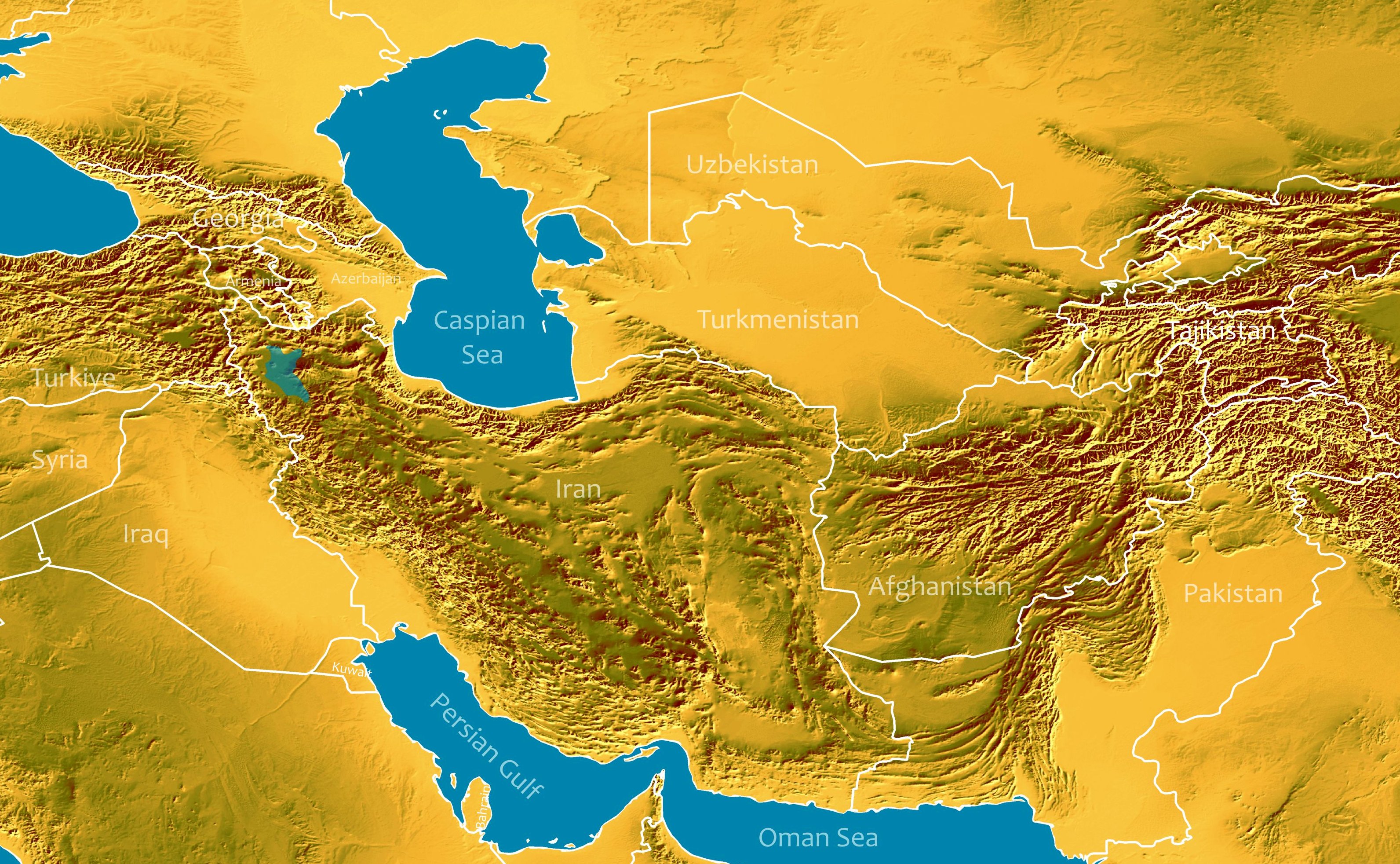Mineral Chemistry of Cretaceous Basaltic rocks in the Northern Alborz, Iran
Main Article Content
چکیده
Cretaceous basaltic rocks are widely developed in the northern Alborz in northern Iran. The study area consists of JavaherDasht area in the east of Gilan province and NarenjLengeh village in the south of Lahijan in the west of Gilan province. In this paper, we present new geochemical data from electron microprobe analysis (EPMA) of clinopyroxene, magnetite, plagioclase, and alkali feldspar in Cretaceous basaltic rocks from the northern Alborz region of Iran. Electron microprobe analyses of clinopyroxenes from the northern Alborz Cretaceous basalts reveal that their composition ranges between augite to diopside. Most of these clinopyroxenes are enriched in Ti. Augite is commonly associated with high Ti basalts. Based on the Geothermometery and Barometry of clinopyroxene, a temperature range of 1000◦C–1200◦C and estimated pressures ranging from 1 to 8 kbar were obtained for clinopyroxene crystallization. We suggested that the magma chamber is in the upper crust to the middle crust for their crystallization. Plagioclase exhibits pronounced normal zoning and its composition shifts from bytownite to oligoclase in the ternary feldspar diagram. Core-to-rim compositions, with sanidine dominating characterize the alkali feldspar. Titanomagnetite is the predominant iron titanium oxide in JavaherDasht samples, indicating they were formed under elevated temperatures. The titanomagnetite from the JavaherDasht area all fall into the HM category, indicating high fugacity and temperatures ranging from 700°C to 800°C. Petrographic evidence from our samples also supports the observation of increased oxygen fugacity in the magma. Mineral compositional data and the geothermobarometry of basaltic rocks of the northern Alborz represent extensional tectonics during the Cretaceous.
Article Details

این پروژه تحت مجوز بین المللی Creative Commons Attribution-NonCommercial-NoDerivatives 4.0 می باشد.

